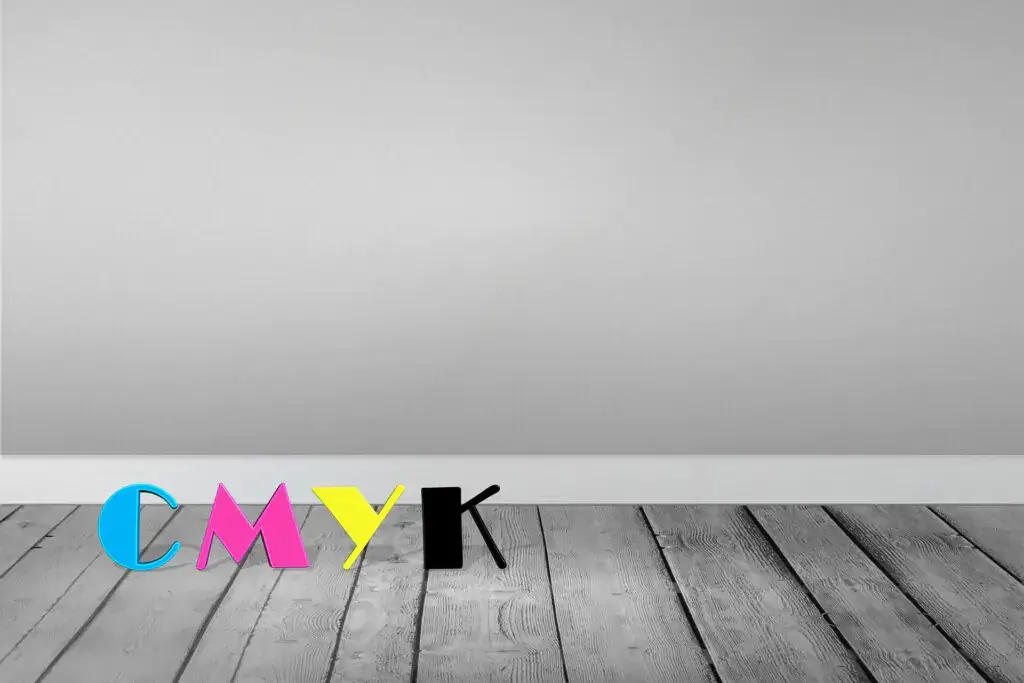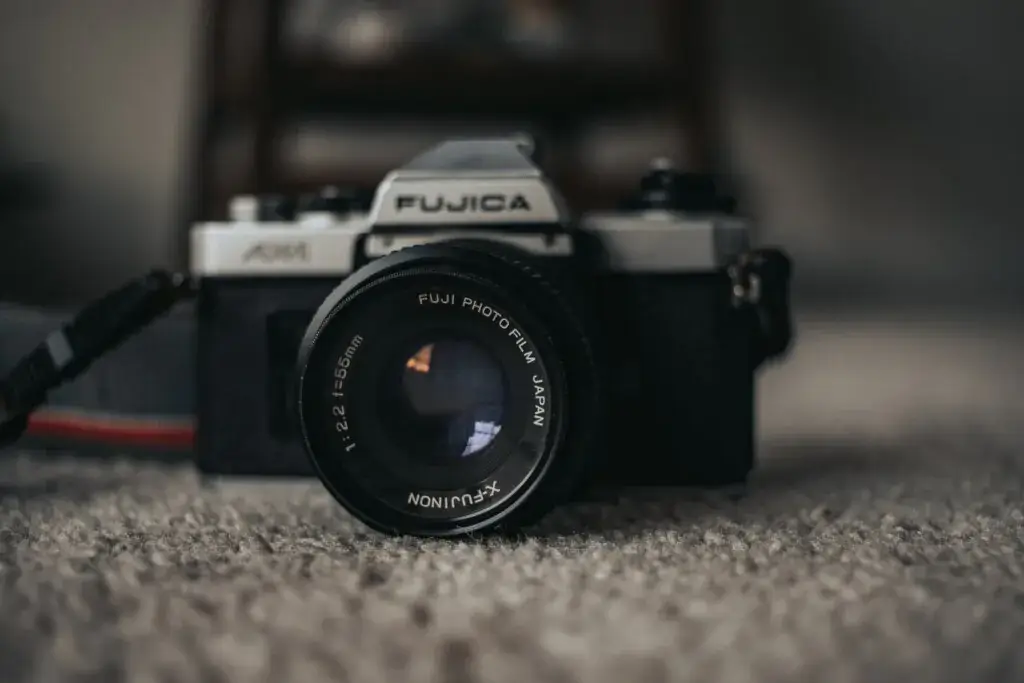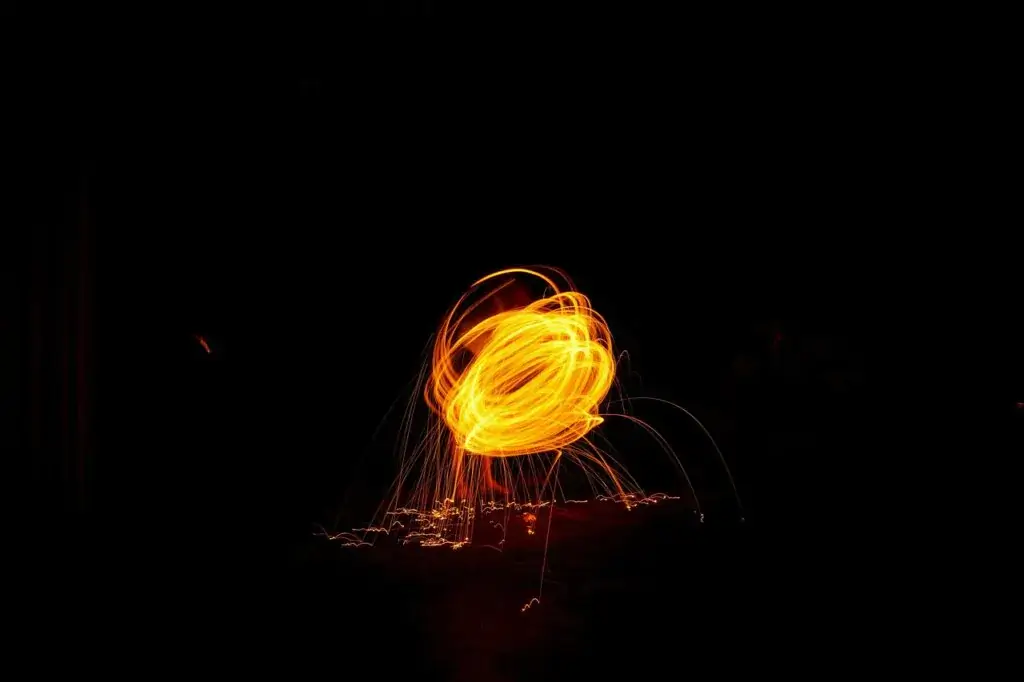 Article
ArticleHigh quality printing – what are CMYK colors?
CMYK colors are, in general terms, an unlimited palette of colors that can be obtained from mixing together four component colors. These basic colors will allow for accurate color reproduction on printing materials, so you can get high-quality prints.
The four basic colors of CMYK
CMYK is a term associated with color printing. The acronym is defined as the four basic colors of printing inks. The name CMYK was created by combining the first letters of the color names that make up the color palette. These are cyan, magenta, yellow and key color, respectively. The user, by combining the basic CMYK colors in different ways, can obtain many different shades.
CMYK – what colors are they?
- C – cyan, is a shade of blue. Its derivatives can be such colors as blue, sapphire, turquoise and all shades of green. The intensity of the green color is obtained by mixing cyan with yellow.
- M – magenta, is a purple color. When you mix this color with yellow, for example, you can get all sorts of red derivatives. On the other hand, when black is added, a color such as brown is obtained.
- Y – yellow, is a yellow color. With its help you can get various shades of orange and the previously mentioned green.
- K – key color or outline, is a black color. It was used in the CMYK palette for the printing industry.
CMYK colors – how to combine colors?
Having already known the answer to the question of what is CMYK, it is worth considering how the various CMYK colors are combined. Combining colors from this palette makes it possible to obtain almost any color the human eye can perceive. The individual CMYK colors are juxtaposed with each other in the proper proportions.
The colors are layered on top of each other, each of which can reach from 0 to 100% saturation. Because four component colors are distinguished, the maximum intensity of each color can reach 400%. For example, to obtain a dark green color, blue (83%), purple (21%) and yellow (85%) must be layered successively.
Is RGB the same as CMYK?
CMYK or RGB? This is a question that troubles many people. To begin with, it is worth considering what RGB is. In a few words of explanation, it is a color space model that was created taking into account the properties of the human eye. It was created based on the mixing of three beams of light:
- red,
- green,
- blue.
RGB is the color palette used in electronic devices, while CMYK is commonly used for printing. CMYK colors mix to black, which is a darker color, so the resulting shades will be visible on printed materials. In the case of RGB, colors mix to white. They are observed on devices that display images, such as computer monitors or digital cameras.
How to change RGB to CMYK?
Computer graphic designers generally work on the RGB color palette, which can be a source of some confusion. Modern graphics programs warn the user when the color he or she has chosen is out of printability. In this case, the graphic designer should take this information into account and switch to a color scheme that falls within the CMYK spectrum.
If not, most printing devices will automatically convert unknown RGB colors to similar colors in the CMYK range. As a rule, the conversion of RGB to CMYK is done correctly and it does not have a big impact on the final print result, but it should be noted that sometimes there are problems associated with, for example, inaccurate color reproduction.
Shades from the CMYK palette can be mixed freely, allowing a wide spectrum of colors. CMYK colors are used in printing processes carried out in many technologies.
 PL
PL



